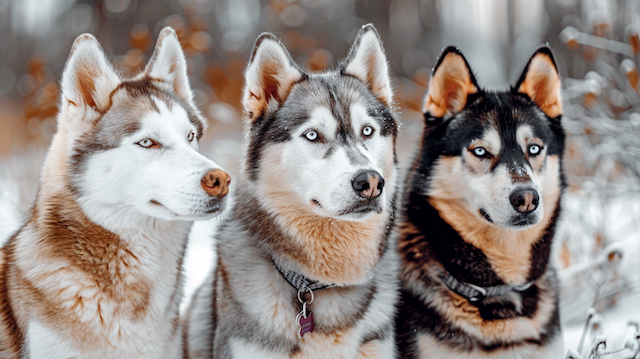Alaska, a land of vast wilderness and breathtaking beauty, is also home to some of the most remarkable canine companions. These Alaskan dog breeds, sculpted by centuries of adaptation to harsh climates and demanding tasks, embody the spirit of the Last Frontier. Renowned for their strength, endurance, and unwavering loyalty, Alaskan dogs have etched their paw prints into the history and heart of this rugged region. Whether you’re an adventurer seeking a tireless sledding partner or a family yearning for a devoted furry friend, Alaskan dog breeds offer a unique blend of resilience, intelligence, and affection.
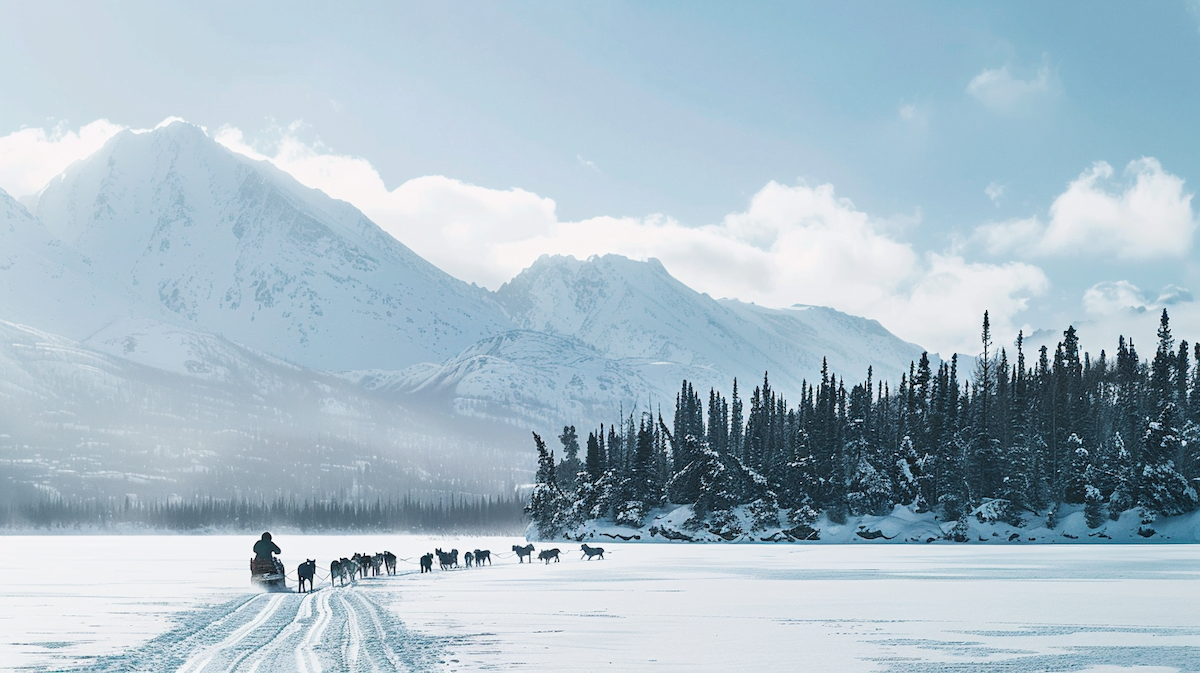
In this article, we’ll embark on a journey through the fascinating world of Alaskan dog breeds. We’ll delve into their rich histories, distinctive characteristics, and the specialized care they require to thrive. From the iconic Alaskan Malamute to the lesser-known but equally captivating breeds, we’ll uncover the unique qualities that make these dogs such cherished companions.
The Majestic Alaskan Malamute
The Alaskan Malamute, often referred to as the “Mally,” stands as a symbol of strength, loyalty, and the untamed spirit of the Arctic. As the official state dog of Alaska, the Malamute holds a special place in the hearts of Alaskans and dog enthusiasts worldwide. With their imposing size, fluffy coats, and captivating personalities, these gentle giants are truly a breed apart.
A Wolf in Dog’s Clothing
At first glance, one might mistake a Malamute for a wolf. Their broad heads, almond-shaped eyes, and bushy tails that curl over their backs evoke a wild and majestic aura. Their thick, double coats come in various colors, including shades of gray, black, sable, and red, providing essential insulation against the harsh Alaskan winters.
Gentle Giants with a Heart of Gold
Despite their imposing appearance, Alaskan Malamutes are known for their gentle and affectionate nature. They are loyal and devoted companions, forming strong bonds with their families. Malamutes are intelligent and eager to please, but they also possess an independent streak that requires patient and consistent training. Their playful and goofy personalities often shine through, making them a joy to be around.
A Legacy of Hard Work
The Alaskan Malamute’s history is deeply intertwined with the indigenous peoples of Alaska, who relied on these dogs for transportation, hunting, and protection. Bred to haul heavy sleds over long distances, Malamutes are known for their incredible strength and endurance. They thrive in cold climates and possess a natural instinct for teamwork, making them ideal sledding partners.
A Malamute’s Needs
Owning an Alaskan Malamute is a rewarding experience, but it’s important to understand their specific needs. These dogs require plenty of exercise to stay physically and mentally stimulated. Daily walks, runs, or hikes are essential, along with opportunities for mental challenges like puzzle toys or obedience training.
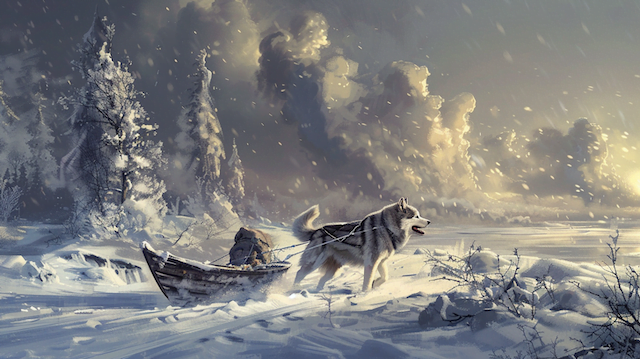
Grooming is another crucial aspect of Malamute care. Their thick coats shed profusely, especially during shedding season. Regular brushing is necessary to prevent matting and keep their fur healthy. Additionally, Malamutes are prone to certain health issues, such as hip dysplasia and hypothyroidism, so regular vet checkups are important.
The Cost of Companionship
Owning an Alaskan Malamute comes with financial considerations. The initial purchase price can range from $1,000 to $2,500, depending on the breeder and pedigree. Ongoing expenses include food, vet care, grooming supplies, and training. Potential owners should be prepared for the financial commitment involved in caring for a large and active dog.
The Energetic Alaskan Husky
While the Alaskan Malamute embodies strength and power, the Alaskan Husky is the epitome of speed and endurance. Bred for their exceptional sledding abilities, these tireless athletes are a force to be reckoned with on the racing circuit. But don’t let their competitive nature fool you; Alaskan Huskies are also known for their friendly dispositions and infectious enthusiasm.
A Mosaic of Breeds
Unlike the Malamute, the Alaskan Husky is not a recognized breed by the American Kennel Club. Instead, it’s a type of dog developed through the careful selection and crossbreeding of various breeds, including Siberian Huskies, Alaskan Malamutes, German Shepherds, and even pointers. This diverse heritage has resulted in a wide range of appearances within the Alaskan Husky population.
Built for Speed
Alaskan Huskies are typically smaller and leaner than Malamutes, with a build that prioritizes agility and speed. Their coats can be short or medium in length, and come in a variety of colors and patterns. Their eyes can be blue, brown, or even heterochromic. One common trait among Alaskan Huskies is their boundless energy and enthusiasm for running.
The Heart of a Sled Dog
Alaskan Huskies are born to run. They possess an innate drive to pull sleds and cover vast distances at impressive speeds. This passion for movement makes them ideal companions for active individuals and families who enjoy outdoor adventures. However, their high energy levels also mean they require plenty of exercise and mental stimulation to prevent boredom and destructive behaviors.
Caring for a High-Octane Companion
Owning an Alaskan Husky is not for the faint of heart. These dogs thrive on activity and require a dedicated owner who can keep up with their demanding exercise needs. Daily runs, bike rides, or skijoring are just a few ways to tire out an Alaskan Husky.
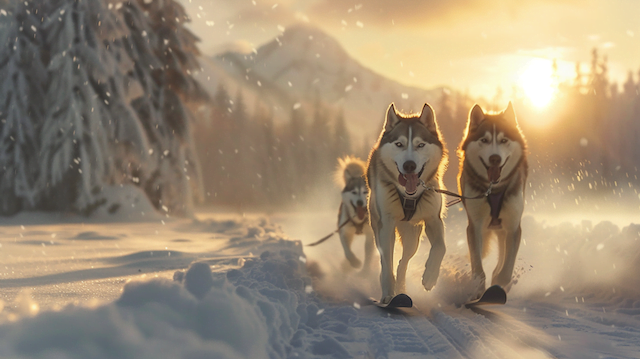
Mental stimulation is equally important. Puzzle toys, obedience training, and agility courses can help challenge their sharp minds and prevent boredom-related behaviors. Grooming is relatively easy, thanks to their shorter coats, but regular brushing is still necessary to manage shedding.
The Price of Passion
Alaskan Huskies can be more affordable than Malamutes, with prices typically ranging from $500 to $1,500. However, the cost of ownership can quickly add up due to their high energy levels and need for specialized gear and activities. Potential owners should be prepared to invest time and resources in providing for their Husky’s physical and mental well-being.
Other Captivating Alaskan Dog Breeds
While the Malamute and Husky steal the spotlight, several other Alaskan dog breeds deserve recognition for their unique charm and contributions to the state’s canine heritage. Let’s explore a few of these lesser-known but equally captivating companions.
Alaskan Klee Kai: A Miniature Husky
The Alaskan Klee Kai is a relatively new breed developed in the 1970s as a smaller version of the Alaskan Husky. “Klee Kai” means “little dog” in the Inuit language, and these pint-sized pups certainly live up to their name. They come in three size varieties – toy, miniature, and standard – making them a versatile choice for different lifestyles.
Klee Kais inherit the Husky’s intelligence, energy, and striking appearance. They are known for their mischievous personalities, playful antics, and unwavering loyalty to their families. Despite their small size, Klee Kais require plenty of exercise and mental stimulation to thrive. They are also prone to separation anxiety, so they do best in households where they are not left alone for long periods.
Chinook: A Rare and Gentle Giant
The Chinook is a rare breed developed in New Hampshire in the early 1900s by explorer Arthur Walden. Walden crossed a Mastiff-type dog with a Greenland Husky to create a sled dog with exceptional strength and endurance. The Chinook is the official state dog of New Hampshire, but its roots trace back to Alaska, where Walden first used these dogs on expeditions.
Chinooks are large, powerful dogs with a gentle and patient temperament. They are known for their loyalty, intelligence, and love of children. However, they can be stubborn and require consistent training. Chinooks also have a high prey drive, so they need to be supervised around smaller animals.
Alaskan Spitz: A Versatile and Loyal Companion
The Alaskan Spitz is a versatile breed that excels in various roles, including sledding, agility, and companionship. They are known for their intelligence, eagerness to please, and playful nature. Alaskan Spitz dogs come in a variety of colors, including white, black, sable, and red.
These dogs are relatively low-maintenance compared to some other Alaskan breeds. They have a moderate energy level and require daily walks or playtime. Their thick coats require regular brushing to prevent matting. Alaskan Spitz dogs are also prone to certain health issues, such as eye problems and allergies.
Other Notable Alaskan Breeds
While the Malamute, Husky, Klee Kai, Chinook, and Spitz are among the most well-known Alaskan dog breeds, other breeds have contributed to the state’s canine legacy. These include:
- Alaskan Shepherd: A versatile working dog bred for herding and guarding.
- Northern Inuit Dog: A wolf-like breed developed in the UK.
- Siberian Husky: A popular sled dog breed known for its striking blue eyes.
- Alaskan Malador: this energetic & affectionate mix
These breeds, though not exclusively Alaskan, have found their way into the hearts and homes of Alaskans, further enriching the state’s vibrant dog culture.
Conclusion
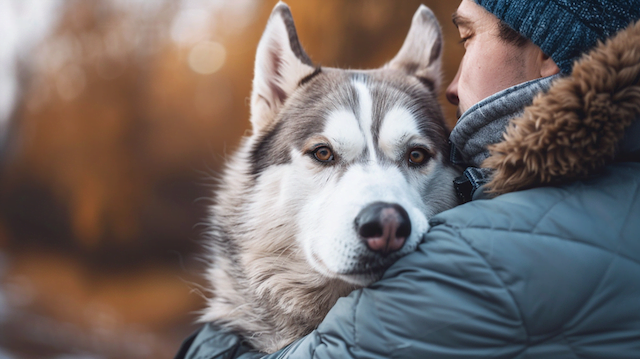
Alaskan dog breeds are more than just pets; they are partners, adventurers, and members of the family. Their resilience, intelligence, and unwavering loyalty have made them indispensable companions in the rugged Alaskan wilderness and beloved members of households worldwide.
Whether you’re drawn to the majestic Malamute, the energetic Husky, or the unique charm of other Alaskan breeds, choosing one of these dogs is a decision that comes with a lifetime of adventure, love, and unwavering devotion. They may require a bit more care and attention than some other breeds, but the rewards they offer are immeasurable.
As you embark on your journey with an Alaskan dog, remember to embrace their independent spirit, provide them with the exercise and mental stimulation they crave, and cherish the unbreakable bond you’ll forge with these remarkable creatures.
In the end, the decision to bring an Alaskan dog into your life is not just about choosing a pet; it’s about welcoming a loyal companion, a furry adventurer, and a piece of Alaska’s untamed spirit into your heart and home.
FAQs
Are Alaskan dog breeds suitable for first-time dog owners?
Alaskan dog breeds can be challenging for first-time owners due to their high energy levels, independent nature, and specific care needs. However, with proper training, socialization, and commitment to their exercise requirements, they can make wonderful companions. If you’re a first-time owner, consider breeds like the Alaskan Klee Kai, which are smaller and easier to manage than the larger Malamute or Husky.
What are some lesser-known Alaskan dog breeds that deserve more recognition?
While the Alaskan Malamute and Husky are well-known, other fascinating Alaskan breeds deserve attention. The Alaskan Klee Kai, a miniature version of the Husky, is a playful and intelligent companion. The Chinook, a rare breed with a gentle temperament, is a loyal and powerful working dog. The Alaskan Spitz, a versatile breed with a playful nature, excels in various roles.
What are some tips for training an Alaskan dog breed, considering their independent nature?
Training Alaskan dog breeds requires patience, consistency, and positive reinforcement. These dogs respond well to reward-based training methods and engaging activities that challenge their minds. Early socialization is crucial to prevent behavioral issues. Consider enrolling in obedience classes or working with a professional dog trainer for best results.
Can Alaskan dog breeds thrive in warmer climates, or are they strictly cold-weather dogs?
While Alaskan dog breeds are adapted to cold climates, they can live in warmer regions with proper care. Provide ample shade, access to fresh water, and avoid exercising during the hottest parts of the day. Consider breeds with shorter coats, like the Alaskan Husky, which may be more comfortable in warmer temperatures.

I could talk about dog breeds all day! My goal is to help you find the four-legged friend who fits your life like a perfectly worn-in tennis ball fits in a dog’s mouth.

